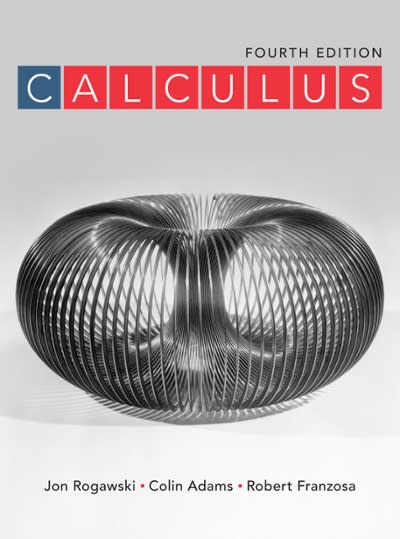Question
For any events A and B, P(A and B) is always less than or equal to the smallest of P(A) and P(B). Group of answer
For any events A and B, P(A and B) is always less than or equal to the smallest of P(A) and P(B).
Group of answer choices
True
False
Consider the following probability table for the results in a certain experiment.
Outcome | Lower Extreme | Below Average | Average Range | Above Average | Upper Extreme |
Probability | 0.1 | 0.3 | 0.37 | (__?__) | 0.04 |
Find the missing value in the table
Group of answer choices
0.06
0.19
0.13
0.81
0.94
0.87
Assume that in a company of 15 employees that 6 of them have a particular trait. If you select two employees at random (without replacement) from this company, find the probability that both of them will have this trait.
Group of answer choices
0.143
0.171
0.133
0.16
Assume the true prevalence of a particular trait among U.S. adults is 47.2%. If you select two adults at random from the entire U.S. population, find the probability that both of them will have this trait.
Group of answer choices
0.279
0.249
0.223
0.944
Step by Step Solution
There are 3 Steps involved in it
Step: 1

Get Instant Access to Expert-Tailored Solutions
See step-by-step solutions with expert insights and AI powered tools for academic success
Step: 2

Step: 3

Ace Your Homework with AI
Get the answers you need in no time with our AI-driven, step-by-step assistance
Get Started


